#brittlegill
Text


Heather + Russula
#heather#calluna vulgaris#russula#brittlegill#moss#forest floor#forestcore#forest photography#naturecore#nature photography#latvia#original photographers#photographers on tumblr#mushrooms#fungi
454 notes
·
View notes
Text
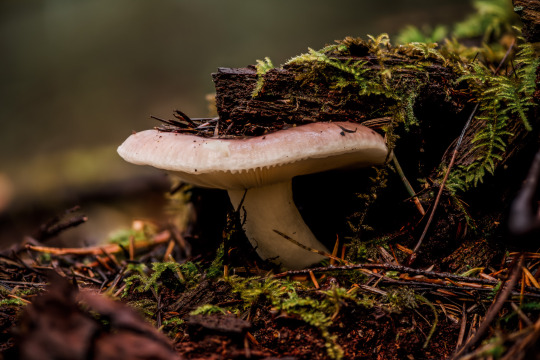
Emerging
#artists on tumblr#original photographers#original photography#hiking#pacific northwest#nature#washington#nikon#orofeaiel#pnw#mycology#mushrooms#brittlegill#mycophile#fungus among us#goblincore#emerging#moss#forest floor#macro photography
85 notes
·
View notes
Text
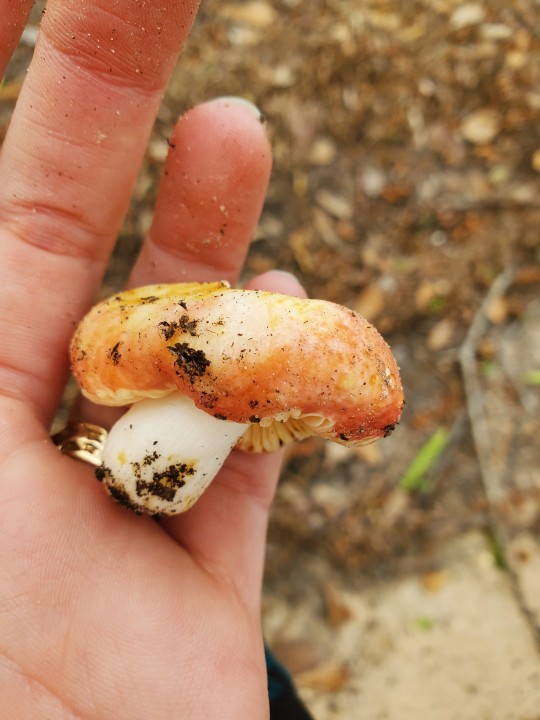



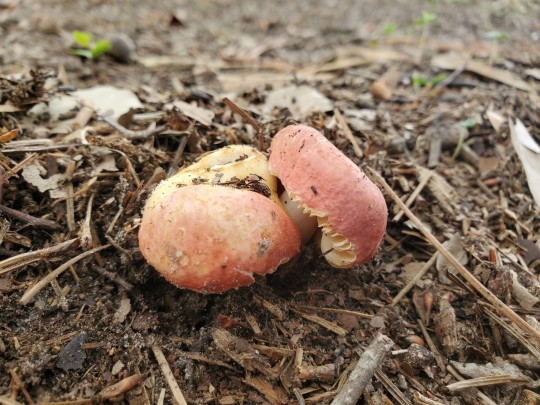

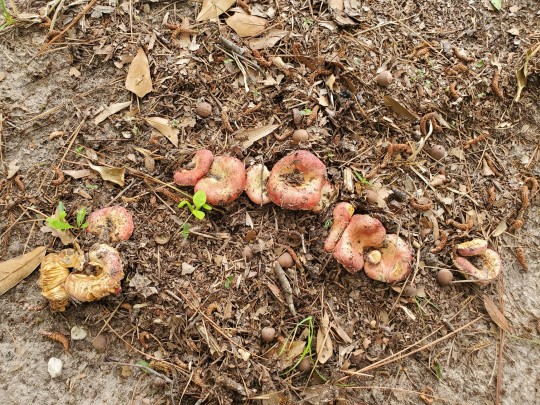
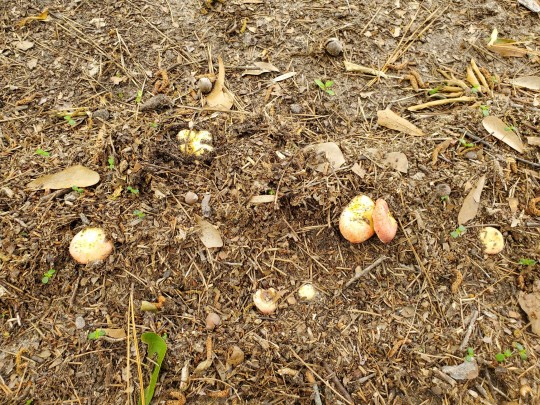
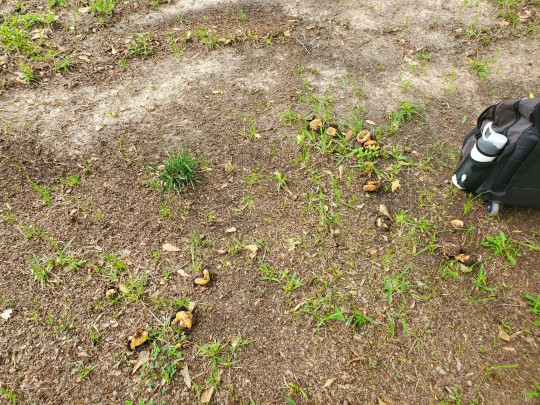
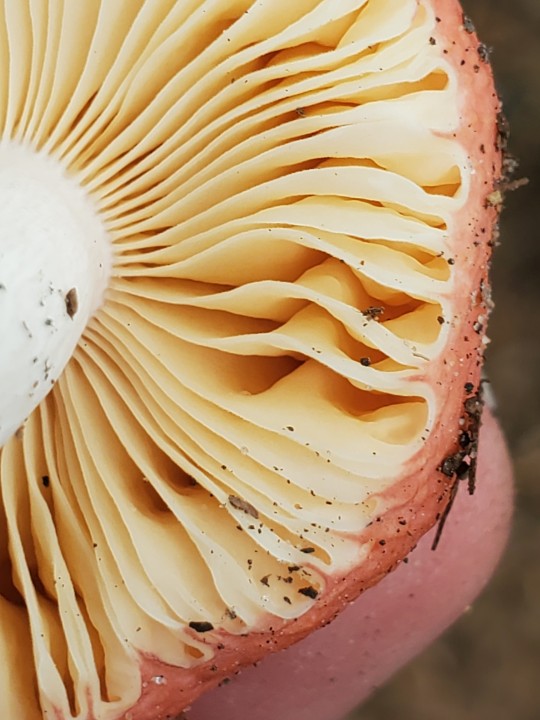
The Flirt~ 》 Russula vesca
Not sure what the origins are for the common name of this species of brittlegill, but I think its funny. 😅😘
There were sooooooo many! A blushed hue poking out from the leaf litter caught my eye and after staring from the sidewalk long enough to decide it wasn't a leaf, I approached to investigate and found several dozen of these little Flirts peeking their heads up from the dirt. How exciting!
Their coloring reminds me of apples (like a nice fuji, or perhaps a gala), and their gills are beautiful, like gathers of fabric.
Southeast Texas, 2 April 2024
#amatuer mycology#mushroom hunting#mushrooms#mycology#mushrooms of texas#texas mushrooms#fungi#wild fungi#fungi of texas#fungarium#wild mushrooms#mushroom#edible mushrooms#foraging#mushroom identification#fungi identification#fungus#brittlegill#russula#the flirt#mushroom gills#gills#species identification#special interest#rot#goblincore
20 notes
·
View notes
Text
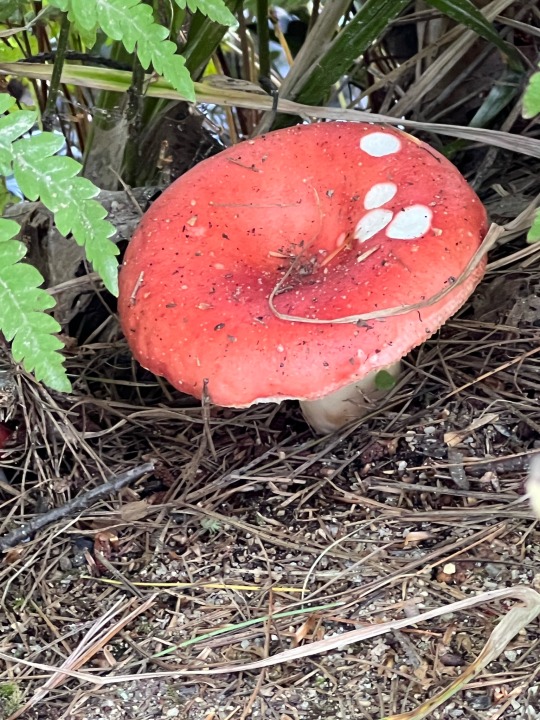
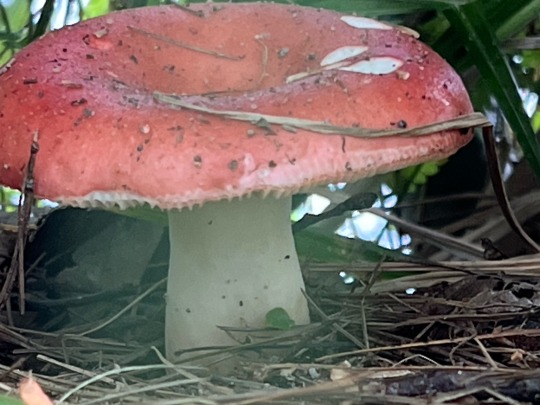

Gills give my the heebie jeebies but gosh they’re pretty sometimes.
From last summer in Portland, ME
0 notes
Photo

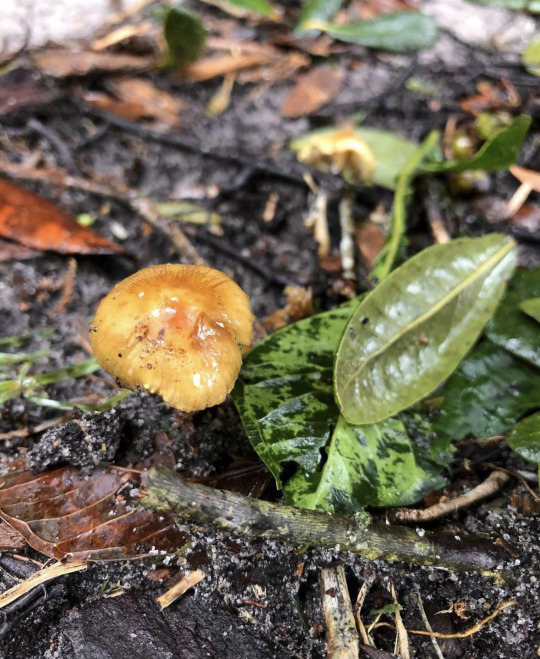

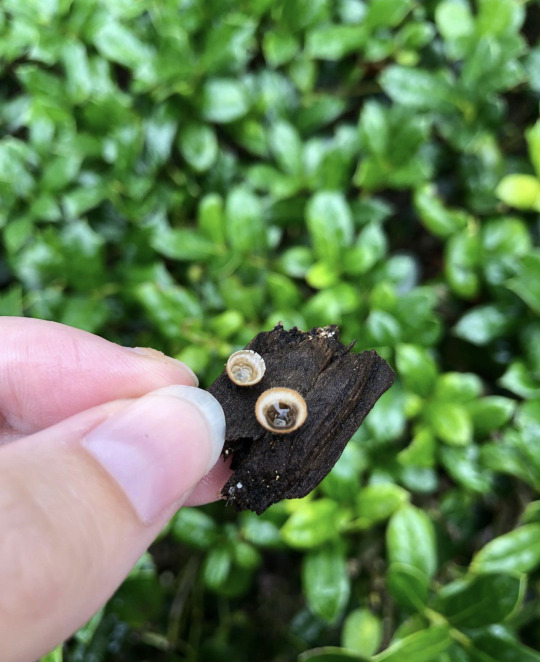
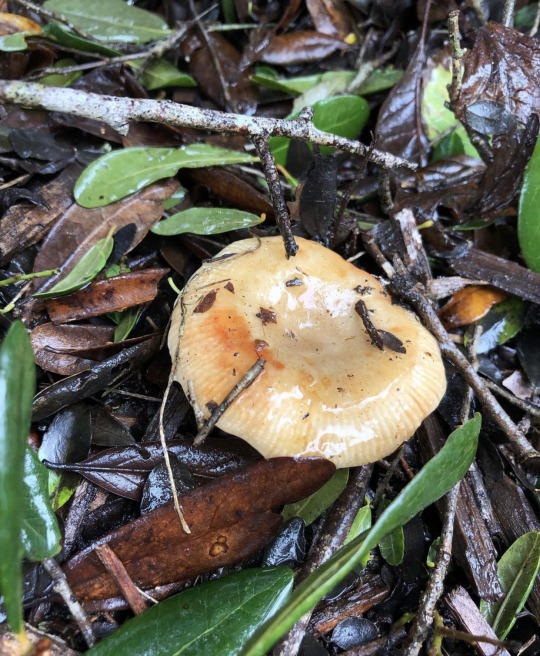


Some of my favorite mushroom finds from the walk I took around the apartment complex after Hurricane Ian struck. The last pic shows the debris that was all throughout the neighborhood. We got really lucky here in this part of Orlando! 🌀 🔎 🍄 #florida #mushroom #hurricane #hurricaneian #macro #nature #naturelovers #nature_brilliance #fiftyshades_of_nature #earthball #brittlegill #flocculoseinkcap #coprinellusflocculosus (at Orlando, Florida) https://www.instagram.com/p/CjLcpQIuGFD/?igshid=NGJjMDIxMWI=
#florida#mushroom#hurricane#hurricaneian#macro#nature#naturelovers#nature_brilliance#fiftyshades_of_nature#earthball#brittlegill#flocculoseinkcap#coprinellusflocculosus
1 note
·
View note
Text
FOTD #114 : purple brittlegill! (russula atropurpurea)
the purple brittlegill (also blackish-purple russula) is a mycorrhizal fungus in the family russulaceae. it grows with both coniferous & deciduous trees !! it has been recorded in europe, asia & eastern north america. :-)
the big question : can i bite it??
yes, though it's not particularly recommended. it is said to taste.. hot?


r. atropurpurea description :
"the cap is 4–10 cm (1.5–4 in) in diameter. it is dark reddish purple, with a dark; sometimes almost black centre. at first it is convex, but later flattens, & often has a shallow depression. it can also be lighter in colour, or mottled yellowish. the stem is firm, white, & turns grey with age. it measures 3–6 cm in length & 1–2 cm in diameter. the closely set and fairly broad gills are adnexed to almost free, & pale cream, giving a spore print of the same colour."
[images : source & source]
[fungus description : source]
#• fungus of the day !! •#[russula atropurpurea]#: purple brittlegill :#: blackish-purple brittlegill :#114#||#mycology#mushrooms#nature#earth#forestcore#cottagecore#mushroom#fungus#foraging#fungi#fotd#fungus of the day#russula atropurpurea#purple brittlegill#blackish-purple brittlegill
123 notes
·
View notes
Text

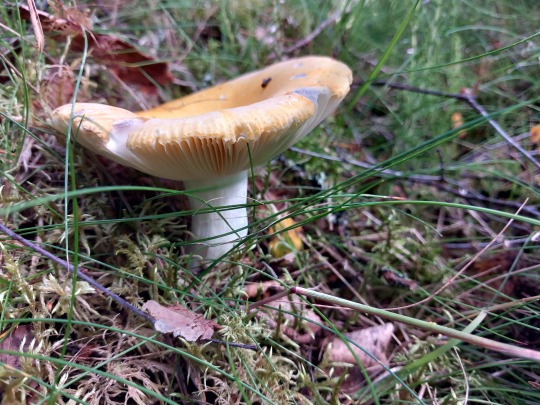
Abernethy Forest, Scotland, August 2023
Ochre brittlegill (Russula citrina)
This lovely edible is a good fungi for beginners to seek.
It is a member of the brittlegill Russula family, a family which split from other fungi very early on. They have unusual round cells, rather than the elongated cells typical to most fungi, which makes the mushroom brittle. You can test if you have a brittlegill by running a finger along the gills, which will break easily.
Once you are a sure you have a brittlegill, most yellow Russulas are safe (I will write about an exception in a moment). You can however perform a taste test to check - chew a small amount of the cap and spit it out. Edible Russulas taste mild, while the poisonous ones have a hot, peppery taste that will burn on your tongue.
Remember: this test is only applicable to Russulas, not to every mushroom! You need to be sure you have a Russula before carrying it out.
One potential confusion to be aware of is the Geranium Brittlegill (Russula fellea), which looks similar but smells strongly of geraniums. Some people label this mushroom as simply inedible rather than toxic, but opinions differ, and either way you want to avoid it. A small taste test as described above is the best way to do this.
#mycology#mushrooms#fungi#edible fungi#foraging#russula#russula citrina#potential confusions#ochre brittlegill
45 notes
·
View notes
Photo


Beechwood Sickener Russula nobilis
#fungi#fungus#mycology#mushroom#mushrooms#cottagecore#goblincore#dirtcore#fairycore#nature#forest#forestcore#toadstool#toadstools#this is a very approximate ID#red brittlegills are a nightmare to accurately ID#you have to do a spore print and analyse it under a microscope and it's such a load of ballache#so i went by gills/habitat/location etc and made an educated guess
132 notes
·
View notes
Text
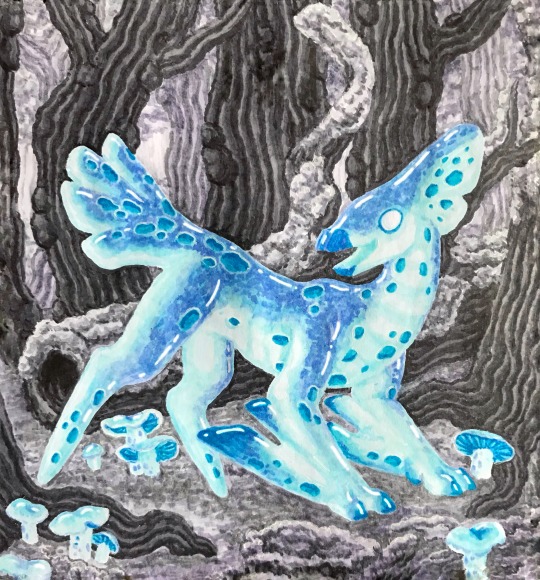

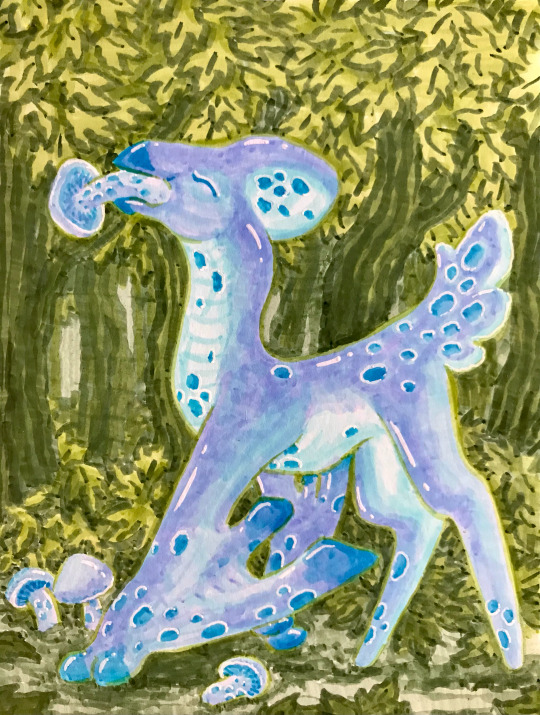
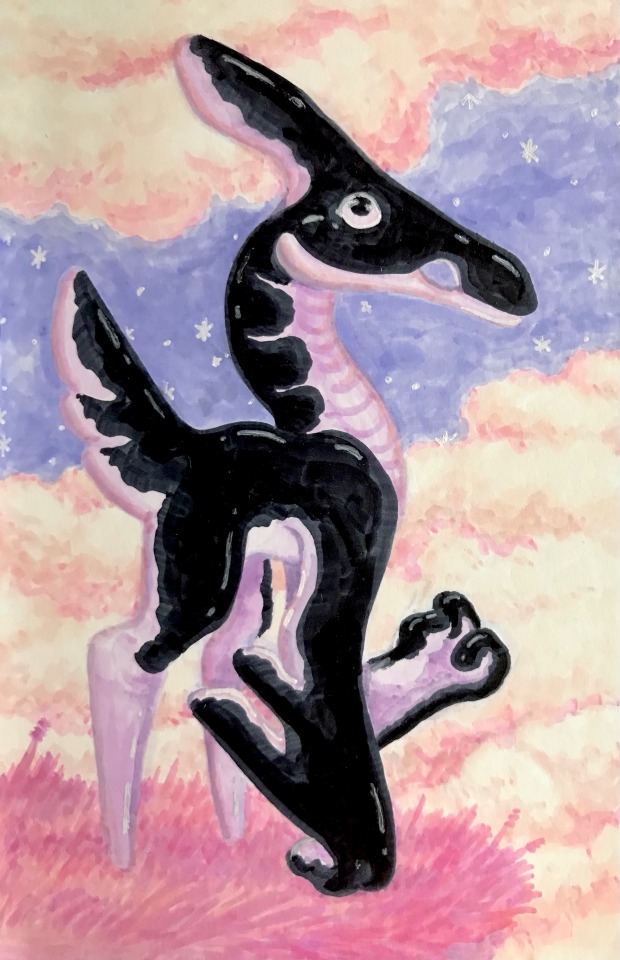
Three mushroom critters - and the original version where I got the general shape down.
#creatures#monster art#mushroom art#indigo milk cap#bloody brittlegill mushroom#dragons#kinda#fantasy art#fantasy creature#marker art#tombow markers#creature design#art by me
29 notes
·
View notes
Text




Russula sp.
#russula#brittlegill#mushrooms#fungi#mushroom photography#mycology#edible mushrooms#foraging#nature#nature photography#original photographers#photographers on tumblr#naturecore#forestcore#forest floor
679 notes
·
View notes
Text
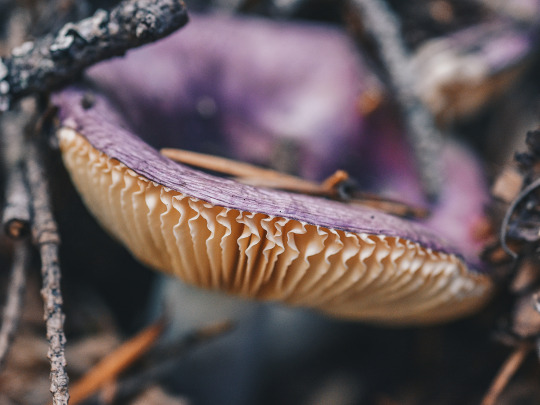
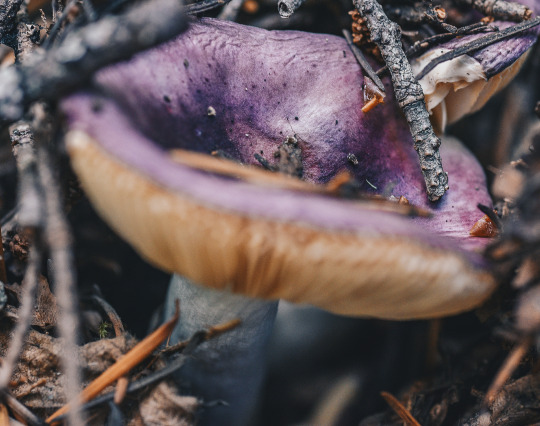
Purple Brittlegill
#artists on tumblr#original photography#original photographers#washington#pnw#nikon#orofeaiel#nature#lensblr#mushrooms#mycology#purple#forest#treasures#mycelium#mycelia#cottagecore#naturecore#goblincore#brittlegill
16 notes
·
View notes
Text
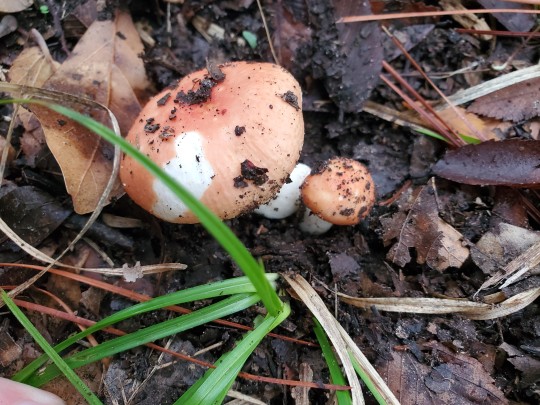


Birch brittlegill 》 Russula betularum
Some cuties from the park. 🍄
Southeast Texas, 12 Nov. 2023
#amatuer mycology#mushroom hunting#mushrooms#mycology#wild fungi#fungi#mushrooms of texas#texas mushrooms#fungi of texas#fungarium#wild mushrooms#mushroom#mushroom identification#brittlegill#birch brittlegill#russula#special interest#foraging
10 notes
·
View notes
Text


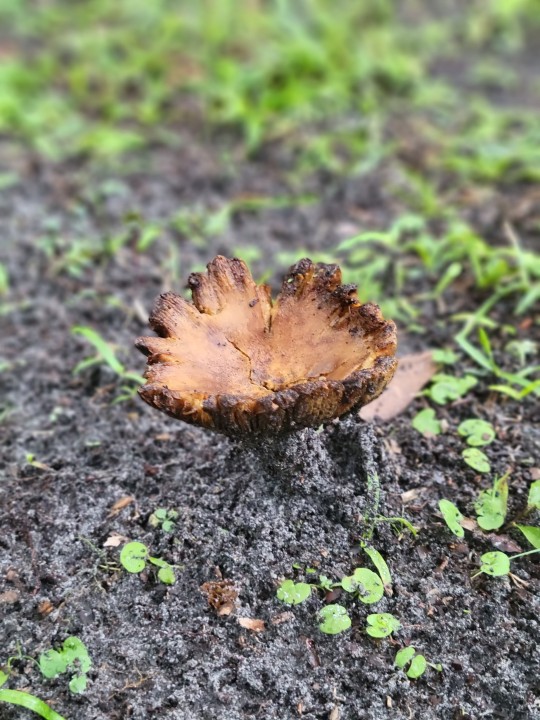
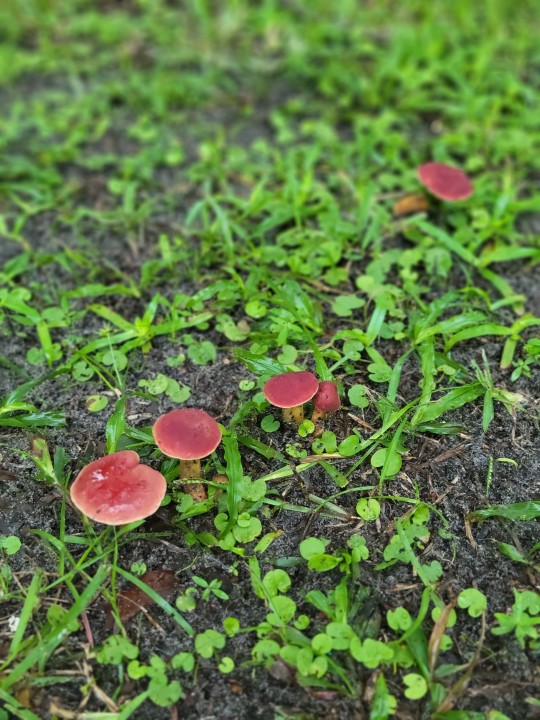
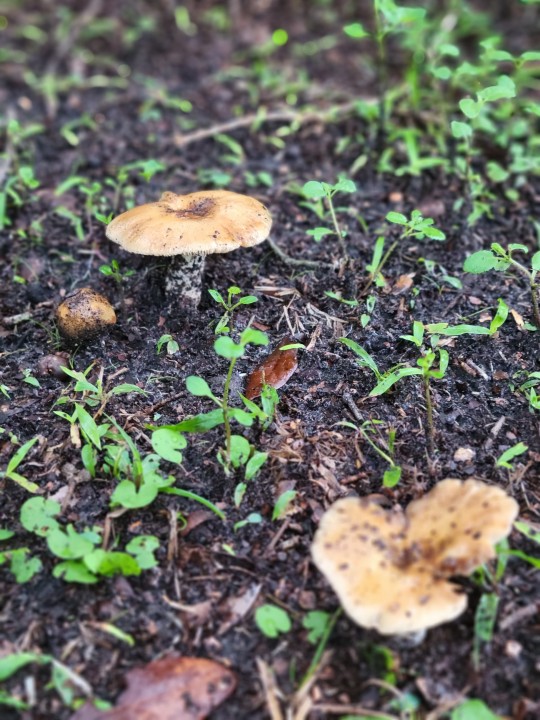

1 note
·
View note
Text


It's Friday. Please enjoy this brittlegill fungus sketch from my mailing list zine. And this page of associated fungi sketchbook carnage 🍄✏️ (The ink drawing from my AC Valhalla video game botany illustrations is on that sheet too)
#fungi#drawing#sciart#fungus#fungi Friday#friday fungi#mycology#video game botany#video game mycology#nature#mushroom#mushrooms#shroom#shrooms#toadstools#pencil drawing#colour pencils#color pencil
92 notes
·
View notes
Text
FOTD #082 : green brittlegill! (russula virescens)
the green brittlegill (AKA quilted green russula or green-cracking russula) is a mycorrhizal fungus in the family russulaceae. it often fruits in the soil of both deciduous & mixed forests !! so far, it has been found in europe, india, malaysia, korea, the philippines, nepal, china, thailand, vietnam, north africa & central america. :-)
the big question : can i bite it??
yes !! it is edible & eaten in some areas of europe.

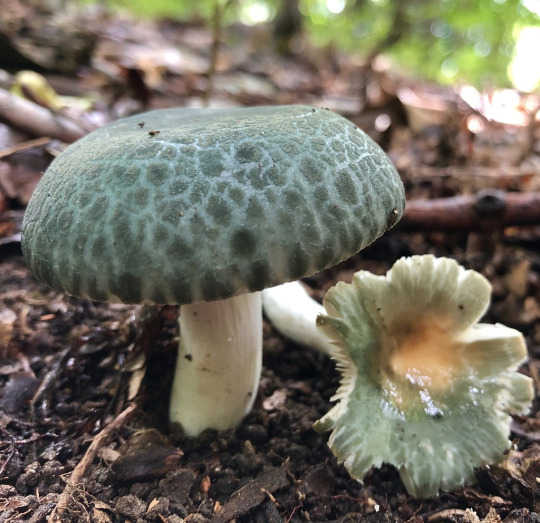
r. virescens description :
"the cap is at first dome or barrel-shaped, becoming convex & flattened with age with a diameter of up to 15 cm (6 in). the cap centre is often depressed. the cuticle of the cap is green, most profoundly in the centre, with patches of the same colour dispersed radially around the centre in an areolate pattern. the colour of the cuticle is often of variable shade, ranging from grey to verdigris to grass-green. the extent of the patching of the cuticle is also variable, giving specimens with limited patches a resemblance to other green-capped species of russula, such as r. aeruginea. the green patches of the cap lie on a white to pale green background. the cap, while frequently round, may also exhibit irregular lobes & cracks. the cap cuticle is thin, & can be readily peeled off the surface to a distance of about halfway towards the cap centre. the gills are white to cream coloured, & fairly crowded together; they are mostly free from attachment to the stipe. gills are interconnected at their bases by veins. the stipe is cylindrical, white, & of variable height, up to 8 cm (3 in) tall & 4 cm (1.6 in) wide; it is roughly the same thickness at both the top and the base."
[images : source & source]
[fungus description : source]
#• fungus of the day !! •#[russula virescens]#: green brittlegill :#: green-cracking russula :#: quilted green russula :#082#||#fungus#mushrooms#fungi#nature#earth#cottagecore#mycology#mushroom#forestcore#foraging#fotd#green mushroom#russula virescens#green brittlegill
69 notes
·
View notes
Text
So I found this mushroom in the forest:

and I also discovered, that there are 3 different types of mushrooms that are edible, and they all look like what I found.


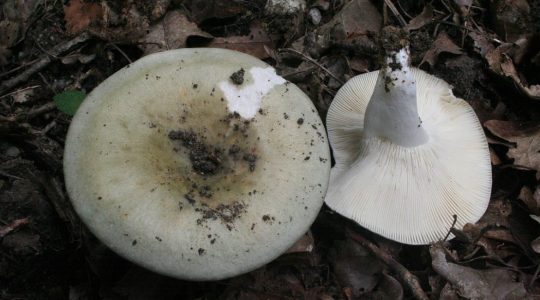
These are respectively: Peppery Milkcap (Lactarius piperatus), Russula virescens, and Greasy green brittlegill (Russula heterophylla).
Now, all of these are edible, but I wanna know what mushroom I have! The first mushroom in particular is supposed to have a 'peppery taste' and I got so curious about it, like if my mushroom tastes like pepper then it's 100% that one.
So, I was staring at pictures and trying to figure out which one is it, and I eliminated the second one, just because the gills on my mushrooms are very fine, and the mushroom on the pictures had wide and big ones.
So it was between the first and the third, and at this point I also knew that the Milkcap would bleed milk if cut it, and the last mushroom was supposed to be dry inside. So, I cut my mushroom, and - it was immediately milky! Thrilled, I went on to see how edible it is and how should I prepare it.
The articles were not encouraging. Apparently some people said it was poisonous, but just because it 'tasted so bad'. The reviews said the mushroom is not a very quality one, and that some people had their mouth irritated very badly for an hour, from tasting it. It should be safe when cooked though. So, I did what was logical, I took the little piece I cut off, put it on a fry-pan, and made sure it was well done, before putting it in my mouth.
Immediately, I'm disappointed. It does not have a peppery taste. It didn't taste much like anything really. It had a bad acidic aftertaste, which I did not enjoy. So now I'm bummed! No way to pinpoint which one my mushroom really is, if it's not peppery!
Unless.. the cooking process eliminated the peppery taste, and it's only peppery when raw. This thought haunted me. Maybe the only way I'll be able to tell for sure is to lick the actual raw mushroom... but it doesn't say anywhere that it's edible raw, in fact, it says people got their mouths irritated very badly for a full hour from the peppery taste.
But like, they didn't die, and it was just an hour.
So I licked it. And it was peppery! Super peppery! I had my mouth full of pepper taste just from one tiniest lick, and now I'm sure of my mushroom id!!! And I didn't get irritated, my mouth was fine after 30 seconds. Win for living from the forest!
Apparently you're supposed to cook this mushroom several times and then pickle it in order for it to taste okay and not acidic. But, you can also dry it, and then use it as a spice replacement, and it has a lot of Vitamin C retained that way. I am going to try to cook it first, and then put it on a pizza, and then we'll see. So pleased to finally be able to forage these white mushrooms because I find several of these every single time I go to the forest!!!
#mushroom id#peppery milkcap#mushroom foraging#summer mushrooms#mushroom#mushroom testing#for the record i never got poisoned from an actual mushroom#so dont you worry#i got poisoned from a wild plant i didn't research properly#from eating moldy food#and from eating food gone bad#those were the 3 reasons#i'm careful about mushrooms#as you can see from the enclosed post
37 notes
·
View notes